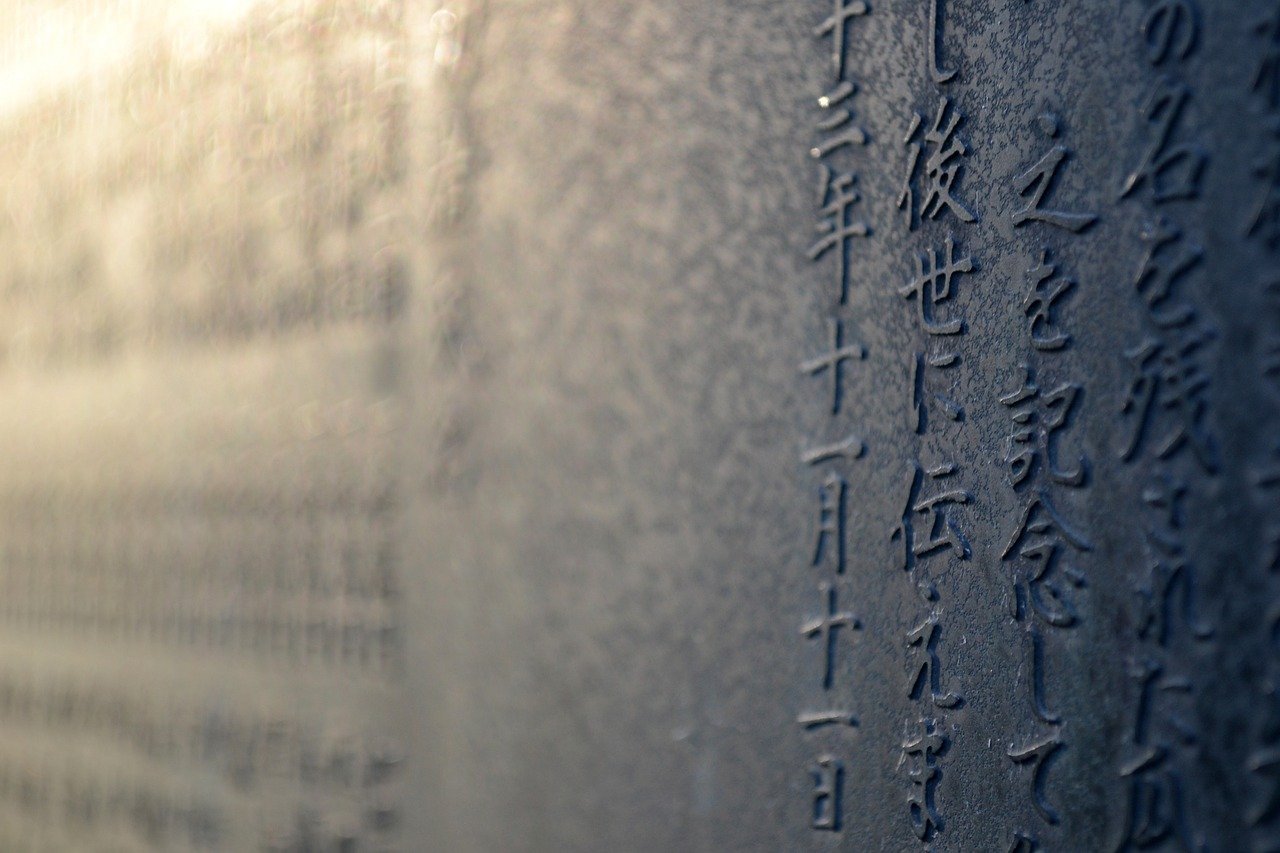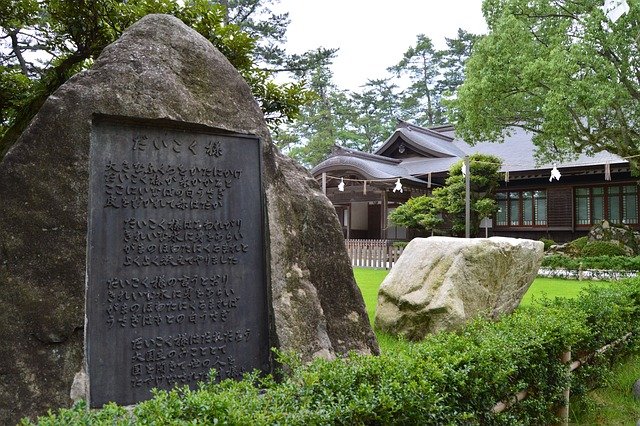
The Japanese language is a fascinating blend of tradition and modernity, deeply rooted in its unique writing systems. If you’re embarking on a journey of Japanese language learning, understanding its four distinct writing systems—Kanji, Hiragana, Katakana, and Romaji—is crucial. Each system serves a specific purpose, enriching the language’s versatility and charm. Here, we’ll explore these systems, their origins, and their applications in a practical and engaging manner.
1. Kanji: The Heart of Japanese Writing
What is Kanji?
Kanji is a set of characters borrowed from Chinese, integrated into the Japanese language centuries ago. These characters are rich in meaning, often representing entire words or concepts. Despite its complexity, Kanji forms the backbone of Japanese writing, used in newspapers, books, and signage across Japan.

How Many Kanji are There?
While there are over 6,000 Kanji characters, the average Japanese person needs only 2,136 characters—known as the Jōyō Kanji—for daily life. These include essential characters used in everything from street signs to academic texts.
Why Learn Kanji?
- Efficient Communication: A single Kanji can encapsulate an entire idea, making written communication concise.
- Cultural Insight: Learning Kanji gives a deeper appreciation of Japanese history, art, and philosophy.
- Practical Uses: Kanji is indispensable for reading documents, menus, and even understanding Japanese names.
Pro Tip for Japanese Language Learning: Start with common Kanji used in everyday life.
2. Hiragana: The Foundation of Japanese Writing
What is Hiragana?
Hiragana is considered the most “original” Japanese writing system. Its 46 characters represent syllables, making it essential for expressing native Japanese words and grammatical elements.
Uses of Hiragana
- Grammar: Hiragana is used for verb endings and grammatical particles like は (wa) and を (wo).
- Children’s Texts: Books for young learners are often written entirely in Hiragana to simplify reading.
- Furigana: It is used alongside Kanji to indicate pronunciation, aiding beginners in Japanese language learning and helping children understand complex characters.
Why Learn Hiragana First?
For any beginner in Japanese language learning, Hiragana is the first step. Its relatively simple and consistent structure makes it ideal for grasping the rhythm of the language.
3. Katakana: The Adaptation of the Foreign
What is Katakana?
Katakana is another syllabary with 46 characters, primarily used for foreign words, loanwords, and onomatopoeia. It’s visually distinct with its angular and sharp strokes compared to Hiragana’s cursive style.
Examples of Katakana in Use
- Loanwords: テーブル (teburu, “table”), タクシー (takushī, “taxi”).
- Foreign Names: ジョン (Jon, “John”), マリー (Marī, “Marie”).
- Sound Effects: ピカピカ (pikapika, “sparkling”), ドキドキ (dokidoki, “heart pounding”).
Practical Importance of Katakana

In modern Japan, Katakana is essential for navigating cities, especially as a foreigner. Signs for businesses, menus featuring Western dishes, and even tech terminology heavily rely on Katakana.
Pro Tip for Japanese Language Learning: Learn Katakana alongside Hiragana to familiarize yourself with common foreign loanwords used in everyday life.
4. Romaji: The Gateway for Beginners
What is Romaji?
Romaji, meaning “Roman letters,” is the representation of Japanese sounds using the Latin alphabet. While not traditionally Japanese, it is a helpful tool for beginners in Japanese language learning.
Where is Romaji Used?
- Phrasebooks: Many beginner-level textbooks use Romaji to aid pronunciation.
- Technology: Inputting Japanese on computers and smartphones often starts with Romaji before converting to Kanji or Kana.
- International Contexts: Street signs, train stations, and maps often include Romaji for foreign travelers.
Should You Rely on Romaji?
While useful initially, transitioning to Hiragana, Katakana, and Kanji is crucial for achieving fluency. Over-reliance on Romaji can hinder progress in Japanese language learning.
Pro Tip: Use Romaji sparingly as you progress. The faster you switch to Japanese scripts, the smoother your learning journey will be.
How Japanese Writing is Structured
Vertical vs. Horizontal Writing
- Traditional Style: Japanese texts are often written vertically, read from top to bottom and right to left. This is commonly seen in newspapers, novels, and traditional documents.
- Modern Style: Digital contexts and casual writing often use horizontal text, read left to right.
Fun Fact: Some newspapers creatively combine both styles to maximize paper space!
Tips for Mastering Japanese Writing Systems
- Start with Hiragana and Katakana
Focus on mastering these syllabaries first. They are the foundation of Japanese language learning and will help you read and write basic Japanese. - Learn Kanji Gradually
- Use spaced repetition tools like Anki.
- Prioritize Jōyō Kanji to focus on practical usage.
- Practice Writing Daily
Writing characters helps with memorization. Use practice notebooks with grid layouts to perfect stroke order. - Immerse Yourself
- Children’s Books: These often include Furigana, making it easier to learn Kanji while enjoying stories.
- Japanese Media: Anime, dramas, and movies often include written Japanese in subtitles, aiding recognition.
- Use Online Resources
Websites like TLS (Team Languages Services), NHK Easy Japanese, and apps like Duolingo provide interactive tutorials for mastering scripts.
Addressing Challenges in Japanese Language Learning
Kanji Overwhelm
Thousands of characters may seem daunting. Break them into manageable chunks, learning 5–10 characters daily.
Kana Confusion
Hiragana and Katakana share similar sounds, which can confuse beginners. Practice writing both side by side to reinforce recognition.
Limited Use of Romaji
Shift focus to Japanese scripts early to avoid over-dependence on Romaji.
FAQs About Japanese Writing Systems
Q: Which writing system should I learn first?
A: Start with Hiragana and Katakana. They are essential for basic Japanese and provide a foundation for Kanji.
Q: How long does it take to learn Kanji?
A: Learning the Jōyō Kanji can take 1–2 years with consistent study, but basic proficiency can be achieved within months.
Q: Is it necessary to learn Romaji?
A: Romaji is helpful for beginners, but transitioning to Hiragana, Katakana, and Kanji is vital for fluency.
Q: Can I read Japanese newspapers with N4-level proficiency?
A: N4 learners may struggle with newspapers due to advanced Kanji but can understand simpler texts with Furigana.
Summary
The Japanese writing system is a captivating blend of tradition and practicality, embodied by Kanji, Hiragana, Katakana, and Romaji. For anyone pursuing Japanese language learning, understanding these systems unlocks a deeper connection to Japan’s culture and communication.
Whether your goal is to travel, work, or simply appreciate Japanese media, mastering these writing systems is an enriching journey. Embrace the challenge, practice daily, and let the beauty of the Japanese language inspire you. Happy learning—ひらがな (Hiragana), カタカナ (Katakana), 漢字 (Kanji), and Romaji await!
